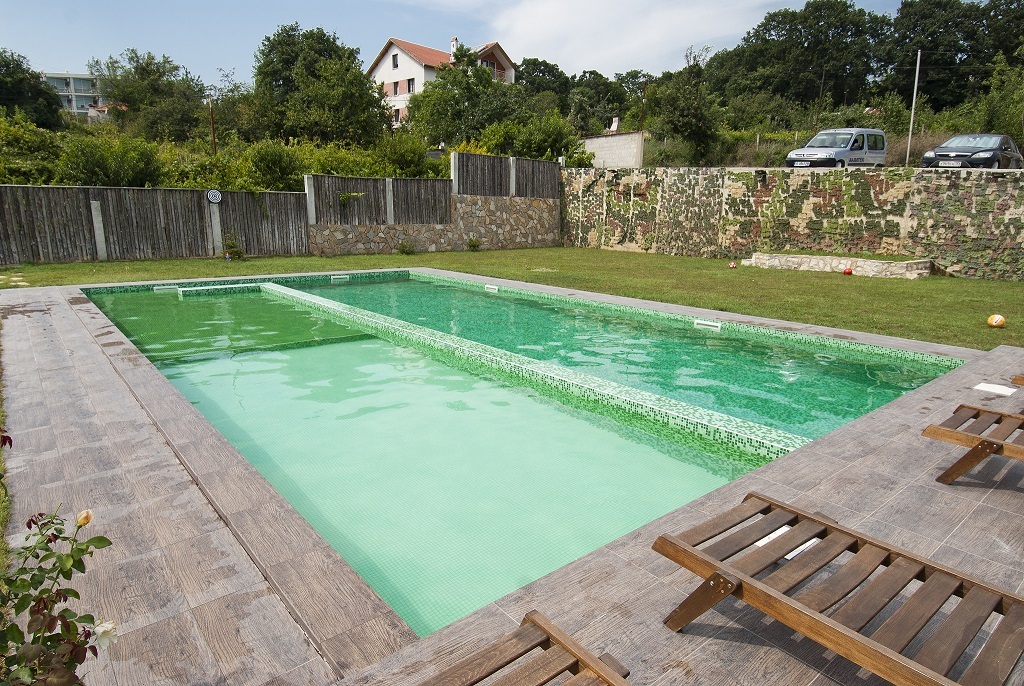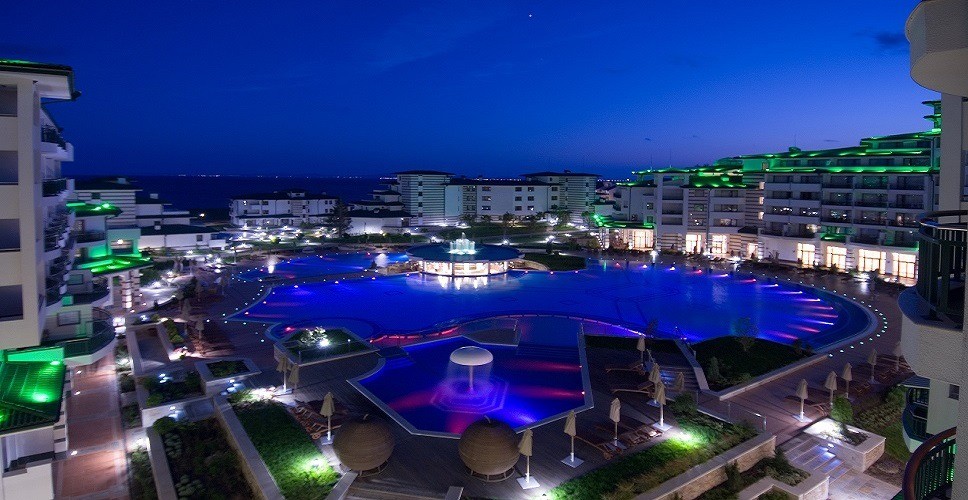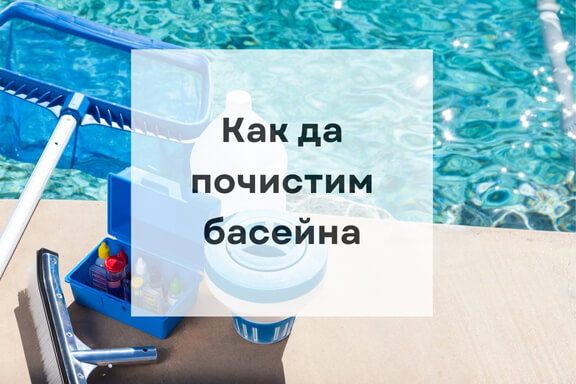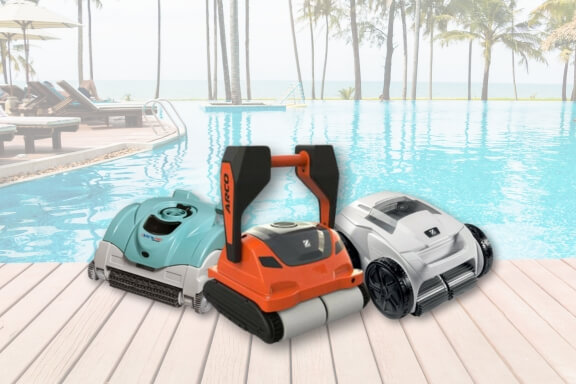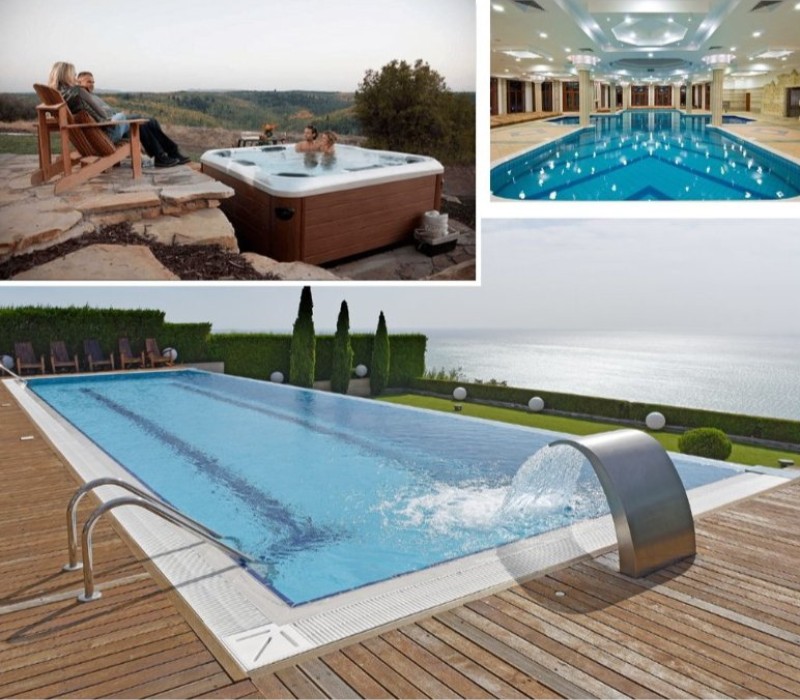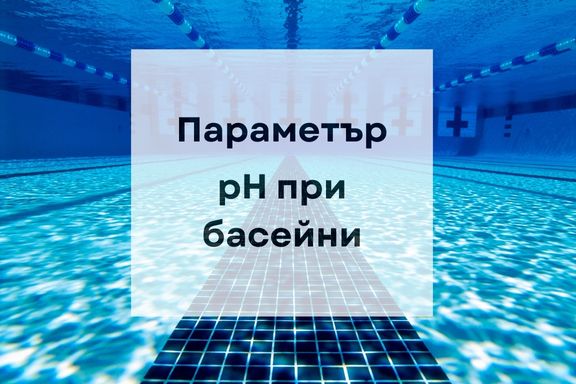Why you should always have a level and stable foundation
Regardless of the type of pool you choose, it is imperative that its base is level and strong. Otherwise, you run the risk of sinkholes and at some point, perhaps a dent in the pool.
Often people overlook the base of the pool, especially when it comes to an inflatable or prefabricated one. And it is with these facilities that mistakes are most often made. Maybe because often people without experience get involved with their installation.
Another major problem with above ground pools laid on uneven ground is the pressure that the water will exert on only a certain section of the pool. This can cause the pool to accidentally flatten or break. This in itself is also dangerous for the people around because the large amount of water can surprise them and knock them to the ground. Those in the pool can also get hurt when they suddenly find themselves in a water park without asking.
You can benefit from a prefessional pool constructionto prevent this type of headache. And you'll enjoy a truly, professionally designed and built facility that you'll enjoy for years to come!
Leveling of the base under the pool
Before laying any foundation for your pool, it is a good idea to level the ground. Often people lay various rocks from pallets or others instead of leveling the base.
This method can only be used for inflatable pools. Although we do not recommend it even for them. For prefabricated pools it is unthinkable to use a wooden grill for the base. Sooner or later it will sweat and damage the pool irreparably.
However, wooden grates are often laid under inflatable pools. It is not recommended for two main reasons. The pyrons in the grills as well as splinters from the timber. Both nails and splinters can easily puncture the pool and ruin your fun.
People use various carpets, rugs and the like, supposedly to protect the pool. If you think a rug will protect an inflatable pool from a protruding nail, fine. Not to mention that such a nail could unpleasantly surprise you through the bottom of the pool and visit your heel, and send you on a visit to the polyclinic for a tetanus shot.
Burying the terrain itself is a labor-intensive task. Make sure there are no pipelines or cables running through the terrain before you start burying! Once you've levelled the ground, tamp it well and give it a day or two to come down before undertaking any other finishing touches.
Why you should have a foundation under your pool
A solid foundation will prevent damage to the pool. Otherwise, you run the risk of laying the pool on a rock, a protruding root, and so on.
This is a prerequisite for bursting of vinyl, prefabricated pools or bursting of inflatable ones.
In addition, such "artifacts" under the pool will be felt when walking on the bottom of the pool and will be a big compromise for the comfort of those using the pool.
What to put under a prefabricated pool
When it comes to prefabricated pools, whether metal or vinyl, you won't get away with just leveling the ground and padding. The best option is to pour a base of concrete and rebar.
If the place where you are installing the pool has a large vertical drop and the pool borders a slope, secure it with a retaining wall! Do not let the pool carry any weight. These troughs are not designed for supports, but simply to keep water out and retain the amount of water mass in them.
What to put under an inflatable pool
Inflatable pools are a much more unpretentious solution. The investment in them is also the smallest, and you can always "vulcanize" various damages caused due to carelessness.
Whatever you put under the inflatable pool, make sure there are no pebbles, sticks, roots, etc. under it. It's also a good idea to make sure the ground is level, even if you're not pouring a slab for the pool. This will prevent bumps under the bottom from tripping you up in the future.
Handy materials we can put under the pool:
- Carpets / carpets;
- Fibran;
- Thick linoleum;
- Soft floor puzzles in children's rooms;
- Modular anti-slip flooring;
- And others.
Conclusion
We would advise anyone to pour a slab between 15-20 inches with rebar in it and install their pool on top of it. The slab in question should be levelled well so that you can have an even water level and no traps.
If you have an inflatable pool you can use the area for other purposes when the pool is stowed. Don't put a grill on it, just a thick layer of old carpet or a special pool mat.
Before each pool installation, clean the slab thoroughly first with a broom and then wash it.
